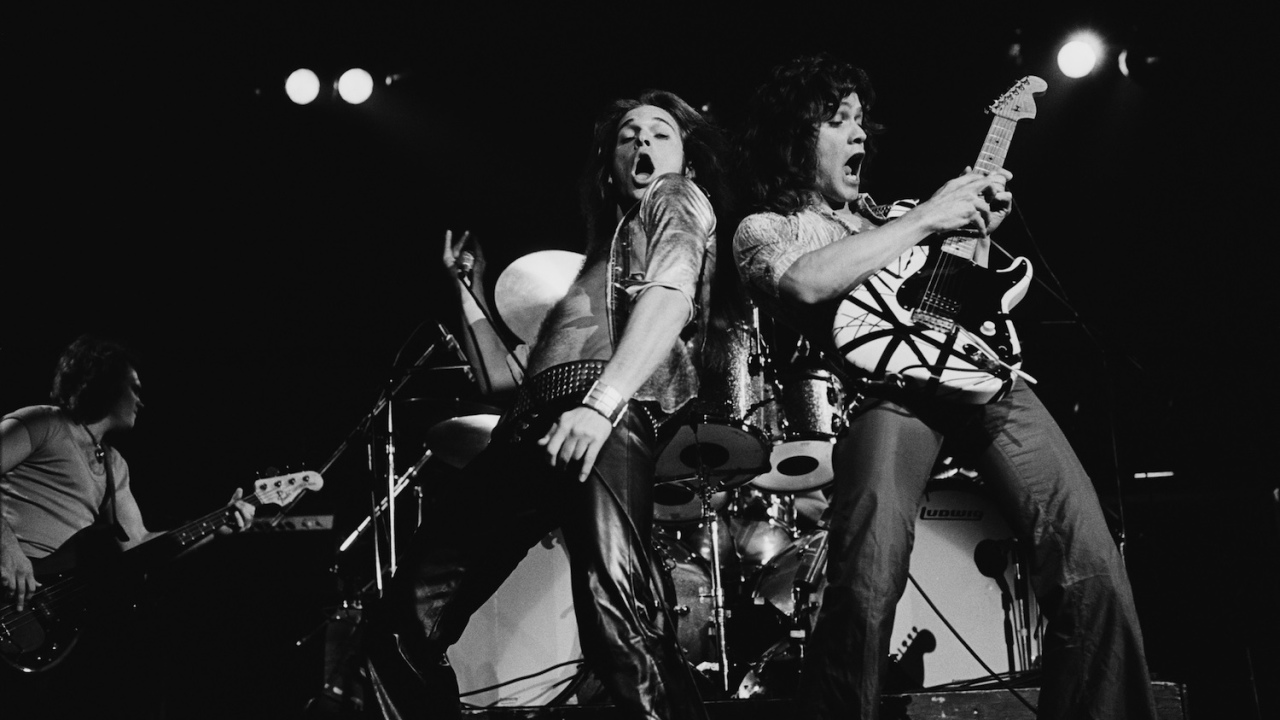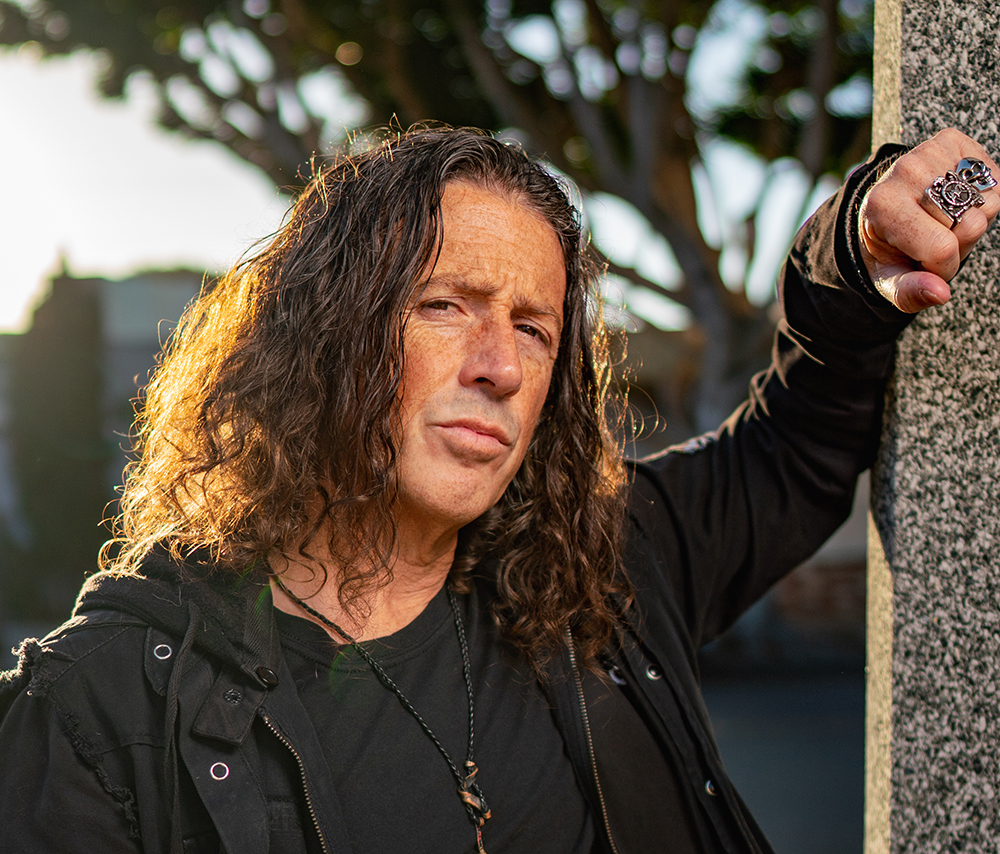"A richly-coloured and supremely-entertaining portrait of a long-forgotten tribe of swashbuckling hard rock merchants."
Inside L.A. Metal: The Pioneers of Los Angeles Hard Rock & Metal (1975-1981)
Directed by Bob Nalbandian
Featuring Lars Ulrich, Joey Vera, Brian Slagel, Don Dokken, Kelly Garni, Jack Russell, Kevin Estrada, Michael Desbarres and others
Outside of Southern California, the era of metal that most associate with Los Angeles is surely the rakish glam scene of the mid-to-late 80s, when spiky-haired riff dealers battled—both figuratively and literally—for supremacy of the Sunset Strip. Exploding in parallel with the rise of music videos, the still-nascent MTV painted L.A. as a hard rock Babylon dominated by outrageous-looking acts like Motley Crue and Poison, whose prodigious appetites for sex, drugs and ham-fisted balladry would set the cornerstone of hard rock in the late-80s. Penelope Spheeris’ 1988 monument to that epoch, Decline Of Western Civilization Part 2: The Metal Years, captured the Machiavellian earnestness of many of these would-be heirs to the throne of Plant and Page via candid and often wince-inducing interviews with delusional young metalheads, most of whom would never be heard from again.
Yet before those halcyon days of Vince Neil preening about the clubs in ladies’ underwear, a vibrant underground hard rock movement had long been playing out in clubs, backyard parties and even sizable arenas on the outskirts of L.A. The bands who formed that scene and who cultivated the sound and swagger that would eventually become hair metal and thrash are the subjects of Bob Nalbandian’s new two-part documentary, Inside L.A. Metal: The Pioneers of Los Angeles Hard Rock & Metal. Covering 1975 through 1981, Nalbandian (Shockwave Radio) shoulders the propitious task of telling a story that for forty years has been largely ignored outside of the front lines of that movement. TeamRock has been invited to a private screening of a rough cut of the film. Popcorn, movies and heavy metal? Sign us up!
Unlike Decline, Part 2, which captured the expansion of hair metal in real time, Inside LA Metal reconvenes the musicians, observers and journalists from that scene to deconstruct the watershed moments and of course, the music. Told in two parts, the first installment concerns local bands such as A La Carte, Smile and the Michael Desbarres-fronted Detective—relatively obscure outfits who would set the stage for the two bands that dominate the second installment: Quiet Riot (featuring Randy Rhoads) and Van Halen. Several of these early bands faced legitimate shots at superstardom, only to implode from drugs and infighting before gaining a sturdy foothold. Consequently, a gnarled bitterness permeates some of the commentary, playing out in eye-rolling accusations such as “[this famous musician] stole my technique” or “[that popular singer] ripped off my moves.” However, such unvarnished bias and wanton pettiness add a welcome spice and authenticity to the dialogue. There are of course, jaw-dropping tales of rock and roll decadence, captivating insights into personalities like Randy Rhoads and Eddie Van Halen and several laugh-out-loud moments courtesy of Lars Ulrich and Don Dokken, who emerge as the most level-headed and entertaining of the lot. To hear Lars Ulrich dryly admit that he started a band because “the tennis thing wasn’t working out,” is worth the price of admission.
Rather than recount the timeline in a linear progression, ILAM’s format recalls that of the American Hardcore movie where singular events are retold from various points of view. Consequently the narrative indulges in some probative forays into events such as the invasion of punk rock, the influx of girl bands and most prominently, the game-changing arrival of Van Halen, without adhering to any set timeline.
Ultimately the stories converge and climax into the concurrent rise of Quiet Riot and Van Halen and how their emergence hit the reset button for American metal—from the design of the guitars, to the way lead guitarists attacked their fretboards, to the big label deals that would eventually saturate Sunset Strip in the coming decade. For some local acts, the unchecked dominance of Van Halen and Quiet Riot pounded the final nails into the coffins of their rock star dreams; others drew motivation from the bracing new air of competition. While this screening did not include much of the original music of the bands featured, those rights have been secured and will be included in the final cut. Although we have seen only a rough cut of the film, Nalbandian has painted a richly-coloured and supremely-entertaining portrait of a long-forgotten tribe of swashbuckling hard rock merchants and their indelible contributions to the rise, expansion and survival of global metal.

